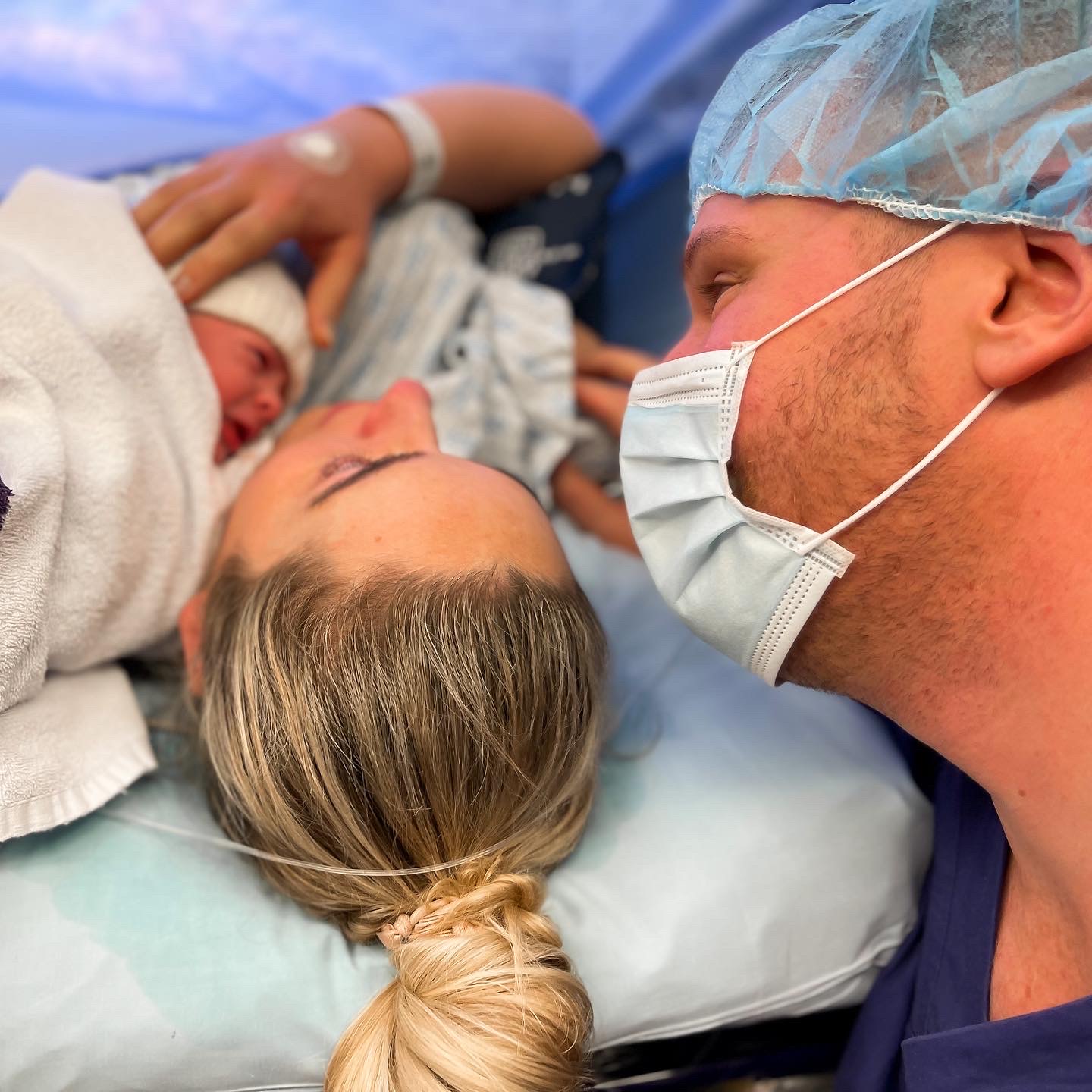The Stages of Labour: Overview

MĀMĀ Genesis Bidois
PHOTOGRAPHY Catherine Smith @catherinesmithphotography
Understanding how labour typically progresses can help you be in a calmer mindset when the day arrives.
Introducing the three stages of labour.
The First Stage
The first part of the birthing experience is labour, which is usually the longest part. This is when you are having contractions. Simply put, contractions are the tightening of the muscles of your uterus that work to open up (dilate) the cervix which has been closed during pregnancy, making way for your baby to be born through the vaginal birth canal. Dilation is measured in centimeters, from zero to 10.
When people talk about labour being painful, the contractions are usually what they are referring to. In between contractions, there should be no residual pain – the pain should not be constant, allowing you to rest in between each one.
The first stage may begin with mild cramping, with contractions starting out quite short and gradually becoming longer, stronger, and more frequent.
There are three phases within the first stage: early labour, active labour, and transition. Pain relief is usually available in the active phase.
Your labour time is officially measured from the start of the active phase but some birthing people experience a long early labour phase which can make it feel a lot longer than what’s in your LMC’s notes.
Once you have reached 10cm you are considered ‘fully dilated’ and you will soon move to the second stage: delivery!
How long your labour will take is anyone’s guess. Every person and every birth is different.
The Second Stage
Time to birth your baby! The second stage is where your baby is pushed out and delivered.
A small number of birthing people will not experience their waters breaking during labour, and if this is the case, they will usually break as the baby is born.
Once delivered, your pēpi will be placed on your chest for skin-to-skin and you will have delayed cord clamping.
The Third Stage
In all the excitement of your baby being born, many birthing people forget about the third stage on the day. This third stage is when the placenta/whenua is delivered.
Internal examinations



